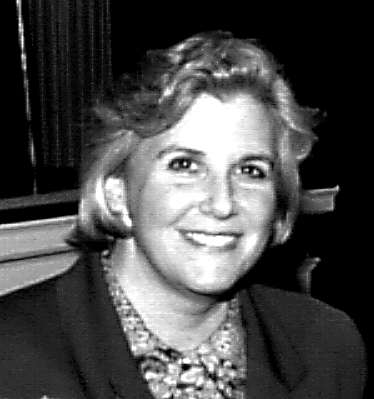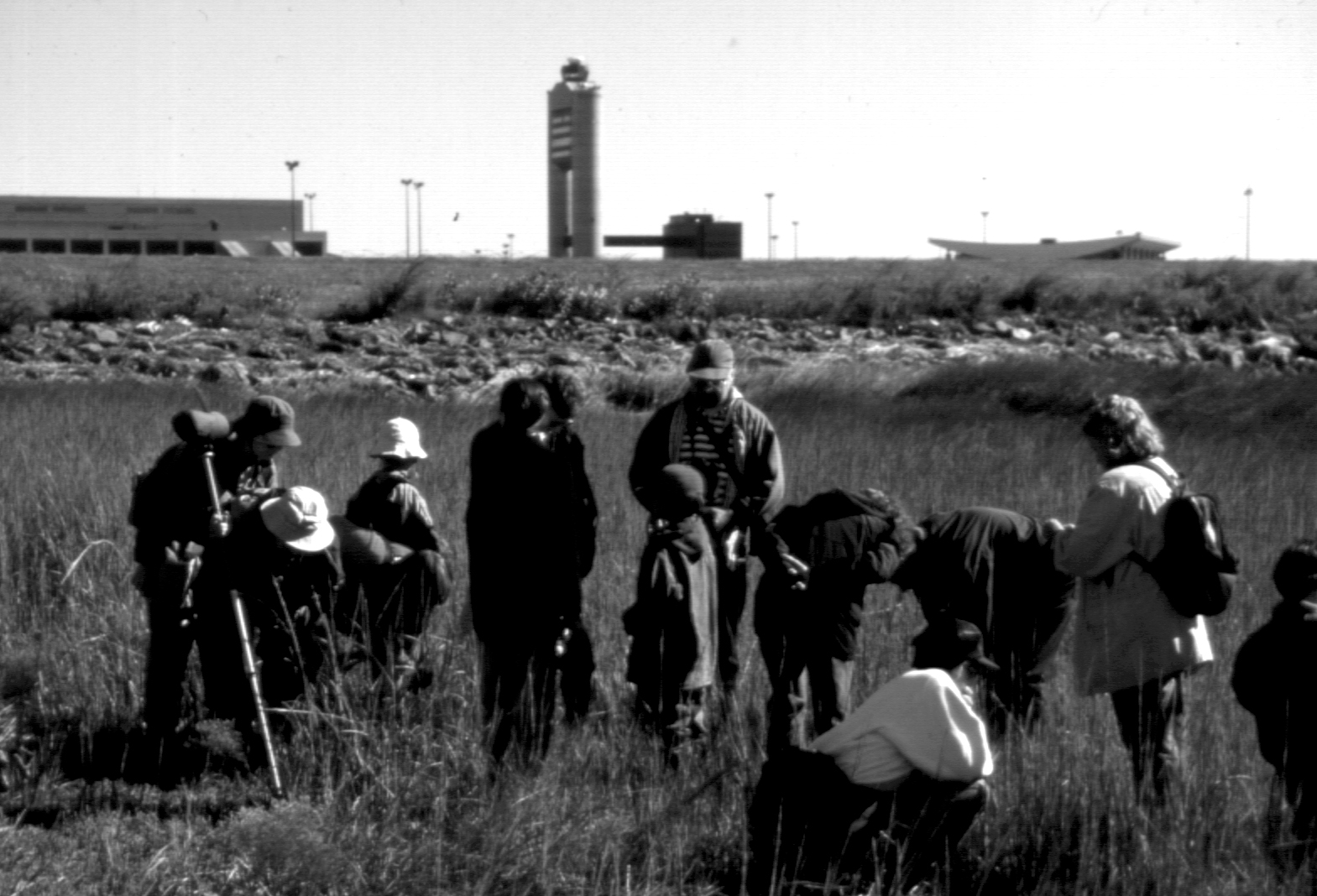A biweekly newsletter with public space news, resources, and opportunities.
A curated dispatch on all things public markets plus the latest announcements from the Market Cities Program.
From Great Parks/Great Cities: Providence, 1998, a publication on an Urban Parks Institute regional workshop.

I believe that today, and in the parks of the future, the local community must be seen as more than the user or client for a park. The community must be a partner - a partner that can bring real assets to both the creation of parks and the operation of parks. The power that an organized community can bring to a park project has become evident to me as I work with the residents of East Boston to create a new linear park system, a greenway, through their neighborhood. East Boston is best known as the location of Logan Airport, but in the shadow of the airport is a neighborhood with a population of 33,000, a largely working class community with a high percentage of kids and seniors. Traditionally Italian-American, East Boston now has the fastest growing Spanish-speaking population of any Boston neighborhood. Housing there is very dense, and it has one of the lowest percentages of open space in the city.
"East Boston is best known as the location of Logan Airport, but in its shadow is a largely working class community with a population of 33,000."
Like many older Northeast neighborhoods, East Boston has a legacy of abandoned industrial lands, mainly a commercial port and a railroad that serviced it. The area no longer provides the jobs for the neighborhood as it once did, and the waterfront piers and railroad lines have been quiet for more than a generation. These industrial lands were the subject of numerous redevelopment proposals, and each time, with the residents split or opposing them, these plans would fail. And the longer these abandoned industrial lands stayed empty and unused, the more of a problem they became for the neighborhood. At the same time, a common vision for this land was emerging from the community: a system of parks along a greenway, carved out of an unused rail corridor.
One thing I've learned in working with the residents of East Boston is that a community armed with a common vision is a very powerful force. Of course, a common vision is not always easy for a community to articulate, but it's not as elusive as you might think. The greenway idea that has captivated East Boston is not the one that the redevelopment authority or the transportation agency was interested in, but it is a vision that the residents are willing to start working for, and so far they have been very successful.
Now vision without resources, frankly, is nothing but a dream. In East Boston the resources were provided to the community by the Wallace-Reader's Digest Fund, a foundation which gave funding to a nonprofit organization, Boston Natural Areas Fund, to staff a community organizing project to move the vision of the East Boston Greenway forward.
The first step we took was to invite everyone in East Boston that wanted to work on the greenway to be part of a coordinating council. With no more formal invitation than that, people volunteered, and interestingly enough, when residents came to the meetings, they often found themselves sitting next to people they had opposed on other redevelopment proposals. The project allied neighbors in new ways.
The council began to meet, and began to evolve into an important catalyst for leveraging resources and convening partners, going even beyond the capability of any single public agency. Armed with a common vision and a coordinated voice, the greenway council has been able to get political support at various levels, most importantly the support of the mayor. With his endorsement, the greenway council pursued the key landowner, Conrail, who owned one-and-a-half miles of rail line that we were hoping would be the spine of the greenway. Working with the Trust for Public Land, Conrail met with the council several times, became convinced that both the community and the mayor supported this idea with no undercurrent of controversy, and offered to donate the rail corridor to the project.
In this project I have learned that creating new parks with a community is no longer just about landscape and recreation. Today residents look at parks through the lenses of property values, public safety, youth services, education, and economic development. It's a different way of thinking about a park. They see a park as completely integrated into the life of the neighborhood.
With that in mind, the council has used programming and special events as a means of demonstrating to a broader group the opportunities and benefits that parks can provide, before these parks are even built. For example, the council was especially concerned about teens. Traditional programs were not meeting all the needs of local youths, and residents wanted to see how a new park system could help them with their children and teenagers. So, we developed an environmental educational program for school groups and families, and a youth employment program that involves a conservation corps for teens. It has become something that the neighborhood kids take great pride in.

Of course, no parks project is without controversy, and ours is no different. Because our linear system is particularly close to people's backyards, there is a lot of discussion about how to make people comfortable with having the greenway so close to their homes. In many cases, when controversy flares, anyone that has an official capacity says nothing- the community talks to each other. When it's neighbors talking to neighbors, it's a very different dynamic, and that is helping us solve problems very productively.
I have also learned that creating and sustaining parks is no longer the simple arithmetic of land plus money equals park. Today, creating parks is geometry with multiple factors and dimensions. New land for parks, when available, is usually contaminated, requiring expensive remediation. Local public funds are rarely sufficient. They usually need to be matched with state and federal funds. And in many cases, public money isn't enough, and you need private money and charitable money.
"Creating and sustaining parks is no longer the simple arithmetic of land plus money equals park. Today, creating parks is geometry with multiple factors and dimensions."
For the East Boston Greenway, all these elements are in play. With no one agency solely responsible, the community has been and will continue to be the common denominator; envisioning the greenway, gathering and increasing support, and being a catalyst for collaboration, as well as an active and contributing partner with the city administration and other public agencies. This is a very unusual way of developing a park, and it's one that really takes a lot of faith. And I give a lot of credit to a number of public agencies for believing that this might work.
Most importantly, the community sees itself not as a temporary partner, but as a permanent partner. It is critical that the public agencies also recognize the community as permanent partners. We know the community is going to survive administrations and funding cycles, so they are a critical factor for the sustainability of the park.
"Partnering with a community to create a sustainable park isn't a trend. It is a fiscal, political and social reality."

Although they have become very savvy about things like costs of maintenance and programming, the council is now struggling to develop a management program for the greenway, before the first construction contract is underway. Although the outcome of this is not yet known, these agencies with which we are negotiating have never felt the benefit of community support, so we know that whatever we come up with will be something that hasn't existed before.
I believe that the idea of partnering with a community to create a sustainable park isn't a trend. It is a fiscal, political and social reality. We're not going back to the way we used to build parks. In the future, we are going to build parks differently, with lots of partners. And I believe that as a part of that process, the community must be recognized, not as someone who complains and takes but doesn't give, but as a substantial partner who brings real assets that can deliver a permanent return.
The rich text element allows you to create and format headings, paragraphs, blockquotes, images, and video all in one place instead of having to add and format them individually. Just double-click and easily create content.
The rich text element allows you to create and format headings, paragraphs, blockquotes, images, and video all in one place instead of having to add and format them individually. Just double-click and easily create content.
Body Text Body Link
The rich text element allows you to create and format headings, paragraphs, blockquotes, images, and video all in one place instead of having to add and format them individually. Just double-click and easily create content.
Here is some highlighted text from the article.




Headings, paragraphs, blockquotes, figures, images, and figure captions can all be styled after a class is added to the rich text element using the "When inside of" nested selector system.
Headings, paragraphs, blockquotes, figures, images, and figure captions can all be styled after a class is added to the rich text element using the "When inside of" nested selector system.
Headings, paragraphs, blockquotes, figures, images, and figure captions can all be styled after a class is added to the rich text element using the "When inside of" nested selector system.